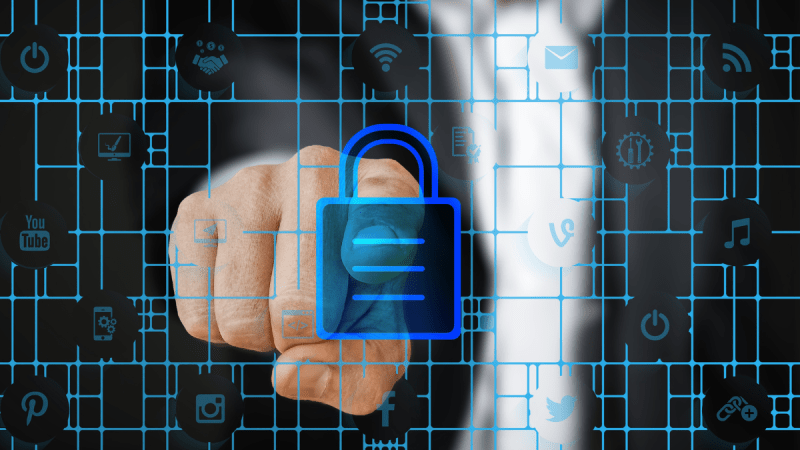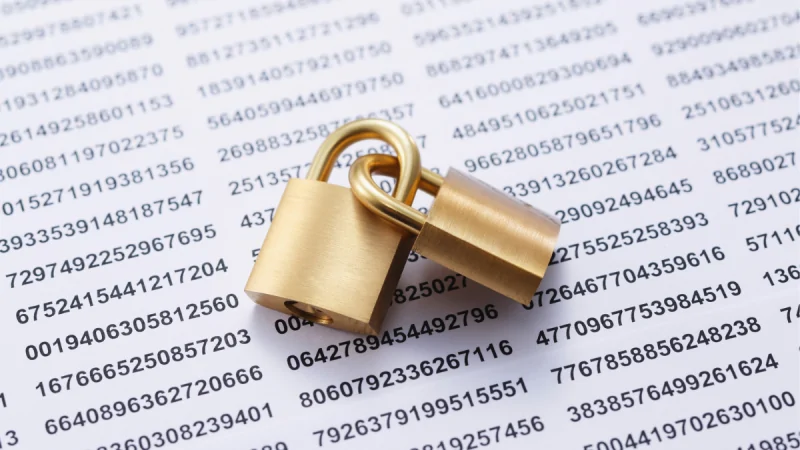The Legal And Regulatory Framework Of Cybersecurity

The Legal And Regulatory Framework Of Cybersecurity
Cybersecurity has become a critical issue for individuals, organizations, and governments around the world. As cyber threats continue to evolve and become more sophisticated, it is essential to have a robust legal and regulatory framework to protect against them. In this article, we will explore the legal and regulatory framework of cybersecurity and its importance in today’s digital age.
The Need for Cybersecurity Regulation
The increasing prevalence of cyberattacks has led to a growing need for cybersecurity regulation. The Internet and the digital world have opened up new avenues for criminals and hackers to commit crimes, and the law needs to keep up with these new challenges. Cybersecurity regulation can help protect individuals, businesses, and governments from cyber threats and ensure that they have the tools and resources they need to combat them.
The Legal Framework for Cybersecurity
In the United States, cybersecurity regulation is primarily governed by federal laws, such as the Computer Fraud and Abuse Act (CFAA) and the Electronic Communications Privacy Act (ECPA). These laws criminalize unauthorized access to computer systems, protect the privacy of electronic communications, and provide penalties for cybercrime.
In addition to federal laws, many states have enacted their own cybersecurity laws. For example, the California Consumer Privacy Act (CCPA) requires businesses to disclose the types of personal information they collect, and the European Union’s General Data Protection Regulation (GDPR) regulates how companies collect and use personal data.
The Regulatory Framework for Cybersecurity
In addition to legal regulations, there are also regulatory frameworks for cybersecurity. Regulatory frameworks are designed to provide guidance on how organizations can comply with cybersecurity regulations and protect themselves against cyber threats.
In the United States, the National Institute of Standards and Technology (NIST) has developed a cybersecurity framework that provides organizations with a set of standards and best practices for managing and reducing cybersecurity risks. The NIST framework includes five core functions: identify, protect, detect, respond, and recover.
In the European Union, the European Network and Information Security Agency (ENISA) provides guidance on cybersecurity through its Cybersecurity Strategy and the European Cybersecurity Certification Framework. The certification framework helps organizations demonstrate compliance with cybersecurity regulations and best practices.
The Importance of Cybersecurity Regulation
Cybersecurity regulation is essential for protecting against cyber threats and ensuring that individuals and organizations have the tools and resources they need to combat them. Without adequate regulation, cybercriminals could operate with impunity, and the damage caused by cyberattacks could be devastating.
Moreover, cybersecurity regulation helps to promote trust in the digital economy by ensuring that personal information is protected and that businesses operate in a secure environment. This trust is essential for the growth of the digital economy, as consumers are more likely to use online services and purchase products online when they feel that their information is secure.
Conclusion
Cybersecurity is a critical issue in today’s digital age, and a robust legal and regulatory framework is necessary to protect against cyber threats. Legal regulations provide penalties for cybercrime, while regulatory frameworks provide guidance on how organizations can comply with cybersecurity regulations and best practices. The importance of cybersecurity regulation cannot be overstated, as it helps to promote trust in the digital economy and protects individuals, businesses, and governments from cyber threats.






